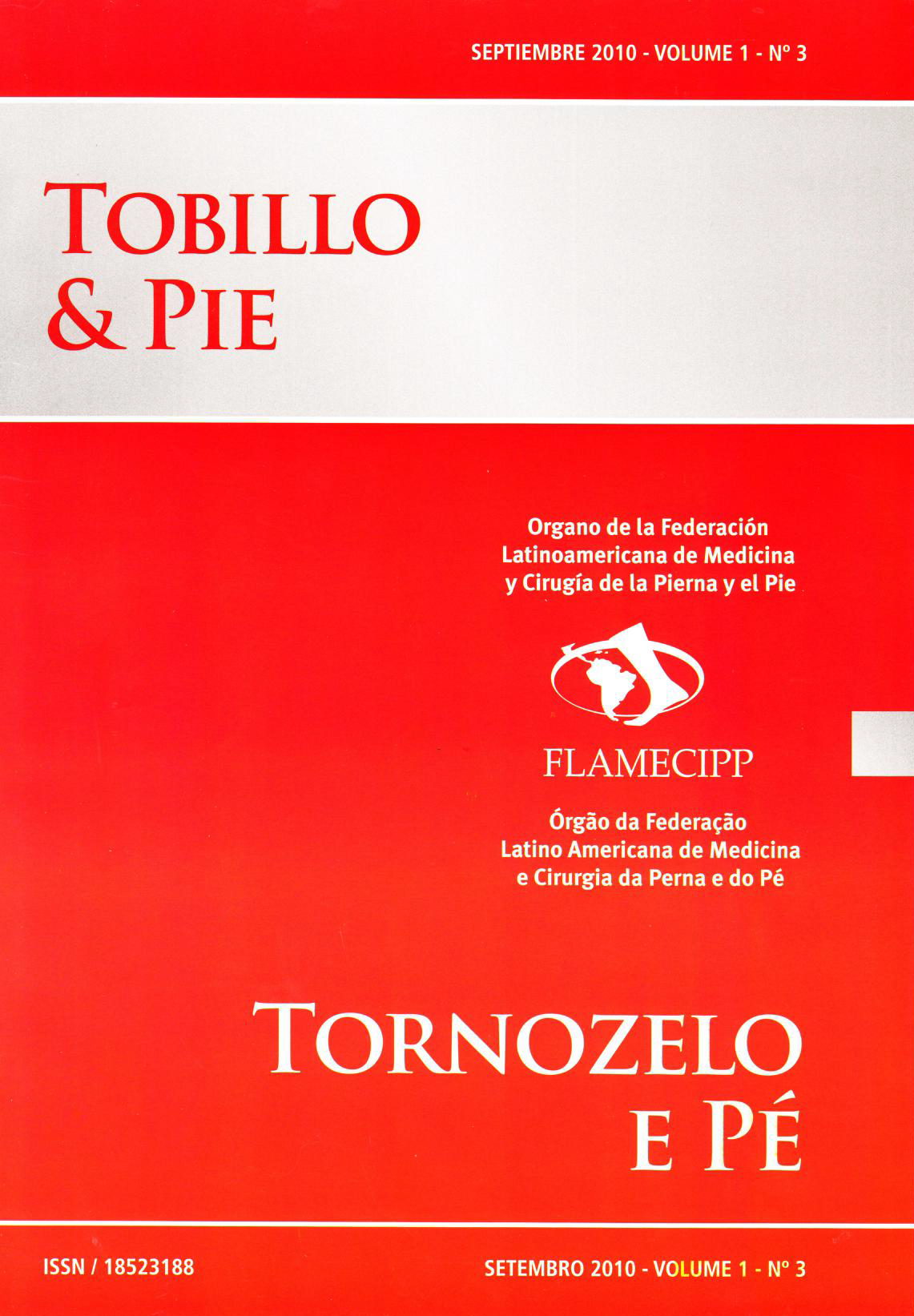Luxación interfatángica de Hallux
Presentación de ocho casos y revisión de la titeratura.
Keywords:
Dislocation, hallux, sesamoideosAbstract
Dislocation of the hallux is a rare condition, with just a few reported cases in world literature. Miki created a 2 grades classification based on radiographic and clinical findings. ln both types the volar plate is avulsioned from its phalangeal insertions allowing migration into the articular space. ln these cases orthopaedic reduction tends to be almost impossible; therefore open reduction is mandatory. Material and Method: During 1995 to 2008, 8 patients were evaluated, all males between 21 and 46 years old. ln all cases, orthopaedic reduction under local anaesthetics was performed without achieving satisfactory results. Open reduction was necessary to reestablish articular congruence. Results: Full articular congruence was achieved in all cases. Long term post operatory range of motion was none in six cases, and 10 and 20 degrees respectively in the two remaining cases. This wasn't related to the surgical approach used. Conclusions: lnterphalangeal dislocation of the hallux is a rare condition that requires in most cases an open reduction for restore articular congruency. Results do not depend on the chosen surgical approach.


